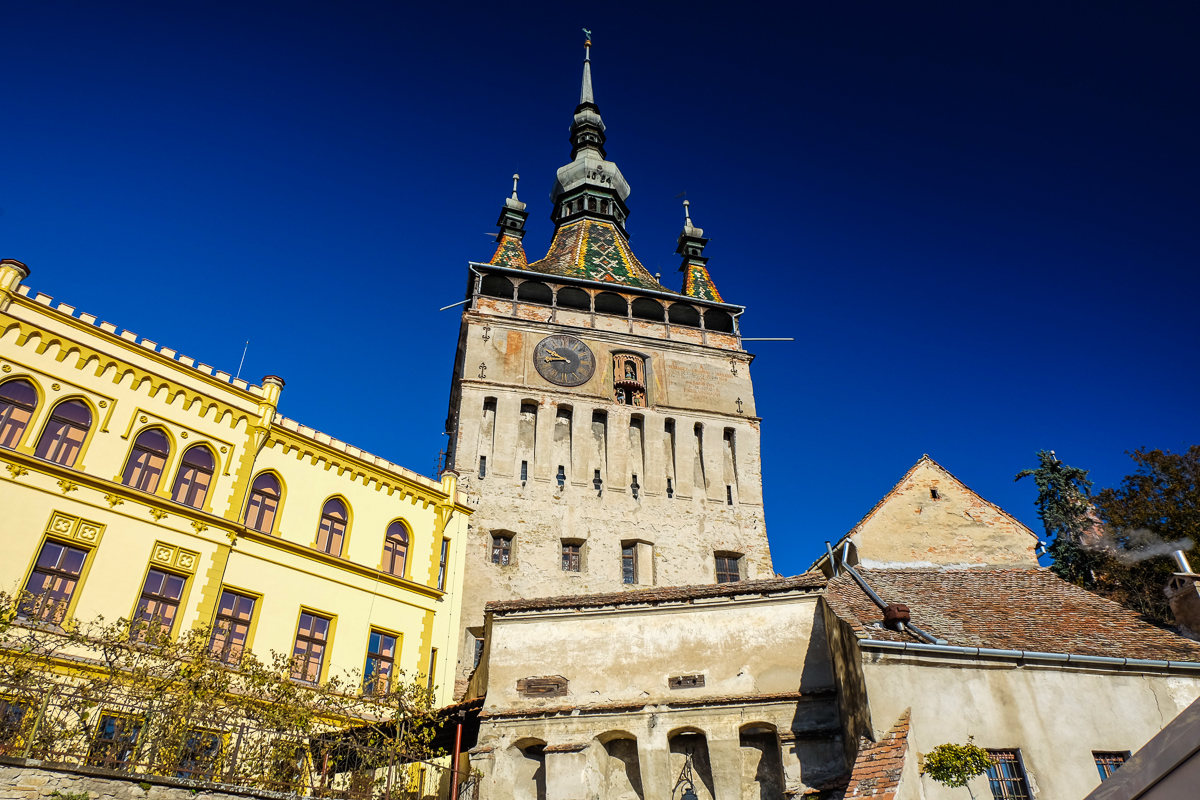
Visit Transylvania from Sibiu Romania
Transylvania is probably the most popular Romanian region for many tourists. It may be due to the unique blend of modern buildings and medieval monuments. It may be due to the Saxon and Hungarian cultural influences still preserved in Transylvania. On the other hand, it may be due to the beautiful landscapes. Whatever it is, Transylvania certainly has its own charm that goes beyond the myth of Dracula, which seems to be present here and there in the region.
Speaking of Transylvanian cities, Sibiu is certainly a must – visit travel destination. A medieval city with a history of 900 years, Sibiu has kept many testimonies of the past, providing particular interest to visitors today. The walls of old defense towers named after the guilds in Sibiu, squares, old buildings full of stories – many of them sheltering in the past personalities, the city’s museums and everything related to the cultural life of a historic city that breathes the air of modernity and Europeanism, make Sibiu a destination that inevitably attracts visitors of all ages.
However, if you plan on visiting Sibiu, you should know that it’s easy to travel from the city to various other Transylvanian destination, with very low costs. Here are our recommendations for the best 5 day trips from Sibiu:
1. Sibiu – Biertan – Sighisoara – Viscri village
In the northern part of Sibiu County, there is the village of Biertan, the place where you can admire one of the medieval fortified churches included in UNESCO’s World Heritage List.
Biertan is one of the first Saxon settlements, located in Sibiu Romania County, between Sibiu and Sighisoara and documented in 1224. The urban organization is typical for the Saxon style, with rows of houses around a central square, overlooked by a fortress-church. The present church or ecclesiastical and defense complex was built between the fifteenth and sixteenth centuries in the late Gothic style, with specific Renaissance elements.
One of the towers surrounding the church has a very interesting legend connected to it. Known as “the lovers’ tower”, this is where couples who didn’t get along well used to be “incarcerated”. They had to share a bed, a table, a plate and one set of tableware, until they were able to solve their differences.
From Biertan, you can visit Sighisoara, one of the best well – preserved medieval towns in the world that is still inhabited. Sighisoara is also part of the UNESCO World Heritage List. In the historic center of this small tow, you can visit the Clock Tower, the Blacksmith Tower, the Venetian House, Vlad Tepes’ house (aka Dracula), Shoemakers Tower, Tailors Tower, Furriers Tower, Butchers Tower and various churches. Asides from that, the town square, the cobbled streets and the colorful buildings are very similar to a fairytale – like setting.
Finally, from Sighisoara, it’s easy to travel for about 44 km to Viscri, the small Saxon village made famous by Prince Charles. The main attraction in Viscri is the beautiful fortified church. The first mention dates back to the beginning of the twelfth century, when it looks like here, before the arrival of the Saxons colonized by King Geza II between 1141- 1162, lived the Székely, who had built the first chapel. It was rectangular, with a semicircular white – green limestone altar. Initially Saxons used as a Romanesque hall and as a church the chapel.
2. Sibiu – Sighisoara – Bran Castle – Brasov – Sibiu
From Sighisoara, if you are more interested in finding out more about Dracula’s Castle, the famous Bran Castle, you can opt for a different route. Bran Castle is probably the most famous tourist attraction in Romania, although the Castle has in fact little to do with the historical figure of Vlad Tepes. Nevertheless, the castle is appealing to anyone who is passionate about beautiful architectural details. In addition, those who want to spend a few hours relaxing and visiting a real museum on 4 levels, the lovely rooms, the courtyard and the whole arsenal of objects from the small village at the foot of the castle, won’t regret going to Bran.
If you reached Bran Castle, you must visit Brasov. This city, just like Sibiu, is known for the medieval buildings and landmarks that kept their place among modern ones. The Black Church, Rope street, gates and towers are all a part of the interesting history of Brasov.
3. Hiking along Transfagarasan scenic road
If you’re interested in active travel, you will be glad to hear that you can go on your own trekking adventure, on the famous Transfagarasan road. This road is famous mainly for the beautiful scenery.
The road is spectacular because it crosses the Fagaras Mountains, the highest mountains in Romania. The Transfagarasan reaches an altitude of 2042 meters, the second road in Romania that altitude, after the Transalpina.
The sights include Balea Lake and Balea waterfall, the Vidraru dam and waterfall, the Capra waterfall and Poenari Fortress. Add to this the Ice Hotel at Balea Lac, only open during the winter, and hiking trails around the Transfagarasan massif, and you can imagine why so many tourists choose this road as a starting point for their hiking tours.
The road begins in the village of Cartisoara, in Sibiu Romania County and ends in the town of Arefu, Arges County.
4. Sarmizegetusa Regia – Corvin Castle – Alba Iulia
Going west from Sibiu, you can visit some of the oldest and most mysterious ruins in Romania.
Sarmizegetusa is situated in the west of the Hateg Country, about 8 km from the “Iron Gates of Transylvania”, where you pass to the Banat region.
Ancient Romans built here the provincial capital of Dacia, the Ulpia Augusta Traiana Dacica colony, at Sarmizegetusa. The city walls had a length of 500 x 600 m and closed inside an area of approximately 33 hectares. On an area of 60-80 hectares, outside the city walls, the Romans built numerous public monuments, private houses, tombs and other constructions.
Asides from its history, Sarmizegetusa is also known for many legends, especially regarding the mysterious energies that supposedly surround the ruins.
Since you arrive at Sarmizegetusa, you can explore more of the Hunedoara region, as there are many other interesting tourist attractions: the Hunyadi Castle, Deva Fortress, Malaiesti Fortress, Densus fortified church or the Retezat National Park.
Finally, you can end your trip in the city of Alba Iulia. The Alba Carolina fortress is the main attraction of the city, but you will also find various landmarks and monuments that serve as a reminder of December 1, 1918, when Romania gained its independence and became a state.
Other tourist attractions in Alba Iulia include the Reunification Cathedral, Saint Michael’s Cathedral, National Union Museum and the Obelisk.
5. Sibiu – Rimetea village – Trascau Mountains – Turda Gorge – Turda salt mine
Finally, another 5 – day trip from Sibiu will allow you to discover the beauty of Romanian villages. Rimetea village is one of the most beautiful Romanian villages. Situated in Alba Connty, near Trascau Mountains, the village is known for its white houses. It’s the first village awarded with the “Europa Nostra” award in 1999, for conserving its cultural and architectonic heritage.
Speaking of Trascau Mountains, these mountains are frequented by many tourists. Although moderate in heights, Trascau mountains are interesting due to the spectacular relief modeled in limestone by the elements. Between landforms created on account of limestone, stand various natural attractions, mainly gorges. it is close from Sibiu Romania
One of the most beautiful ones is the Turda Gorge. The Aries Valley, in Trascau Mountains, formed the gorge. It is a natural reservation, protected by UNESCO. The Turda Gorge hosts a series of 60 caves looking dry due to the karstic relief. Of these, only 8 caves have sizes greater than 20 meters, the longest measuring 120 m. They present a significant archeological interest, since discoveries made here date from the Stone Age and the Bronze Age. The caves were used in the past as a refuge from the Tatar invasion.
Of course, this trip wouldn’t be complete without a trip to the Turda salt mine. Salt mining in the Turda salt mine dates back to Roman times. Last time, salt was extracted here in 1932, and then everything was closed. 60 years later, the gallery was reopened for the public and for patients with respiratory diseases. Today, the salt mine is no longer used for extractions, but it is rather a salt museum and an underground entertainment place for adults and children.
These are our recommendations for the best 5 day trips from Sibiu Romania, with a little bit of everything for any type of tourist. However, feel free to check other Transylvania Tours as well and choose the itinerary that’s most suitable to your travel objectives.


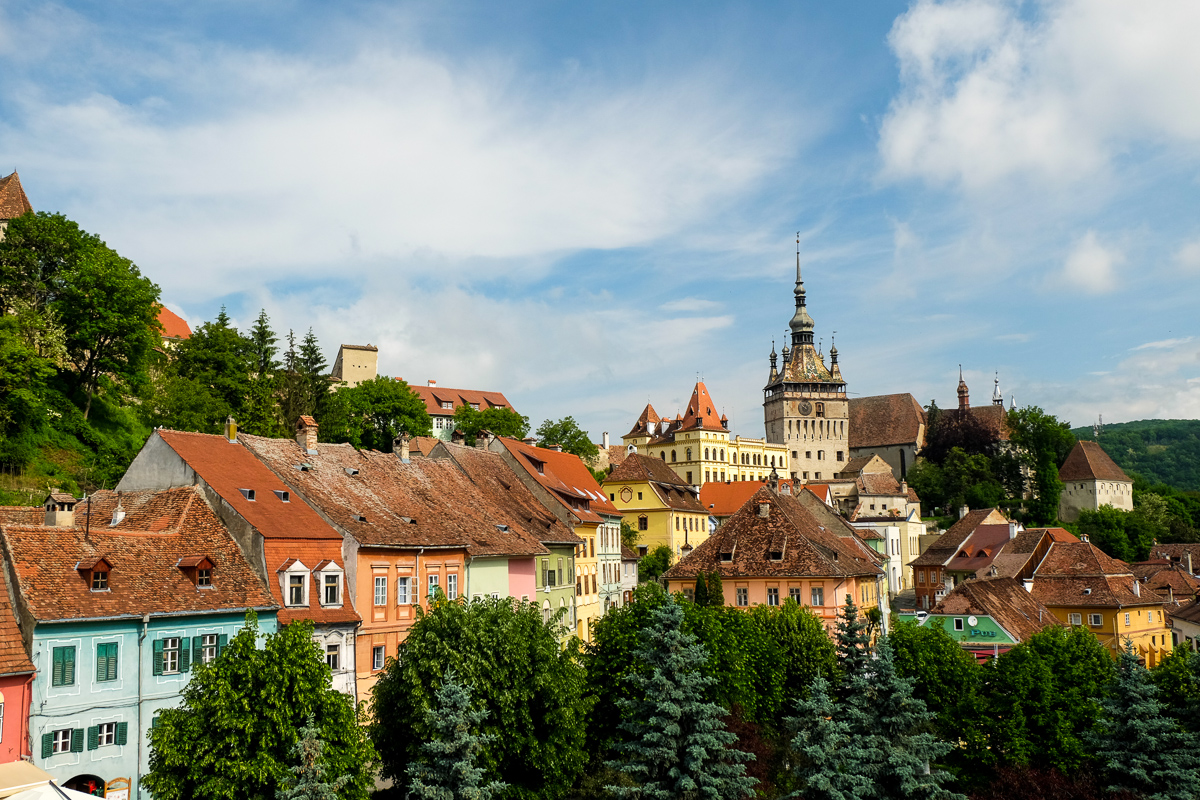
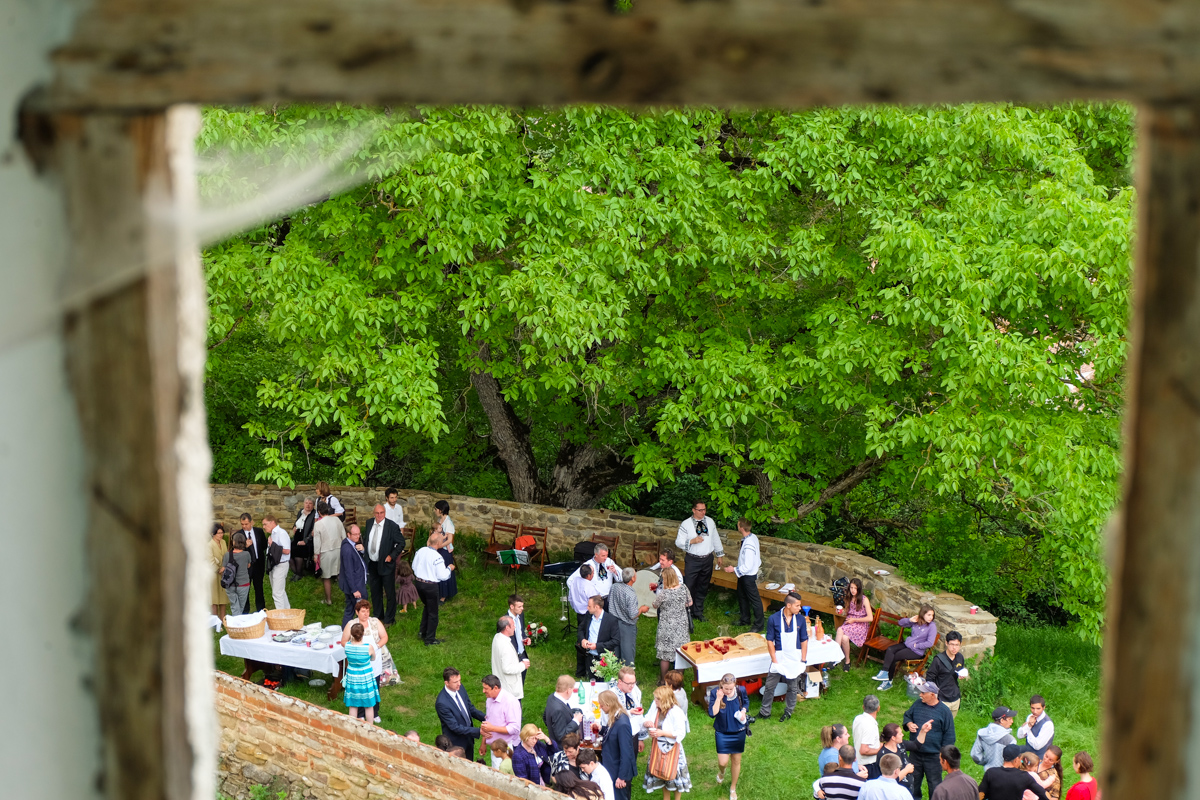
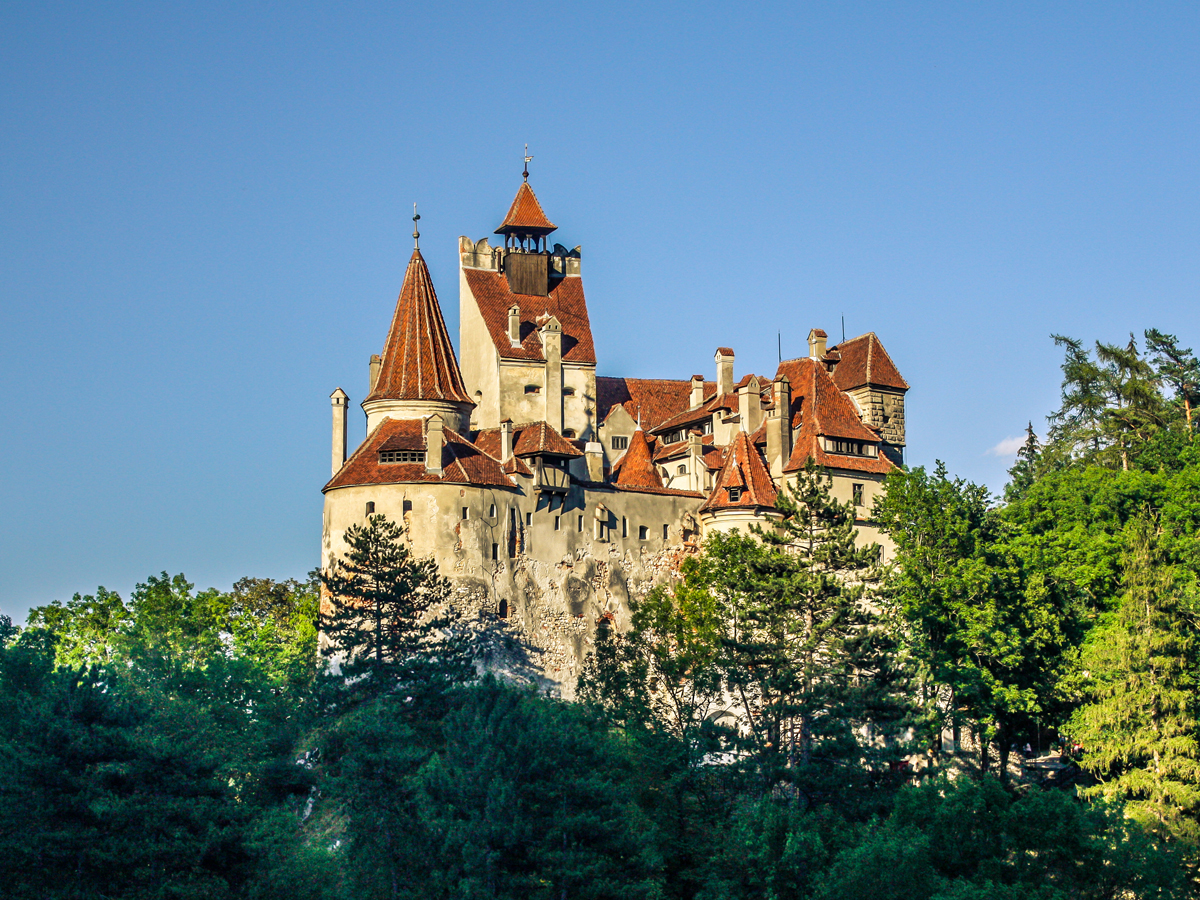
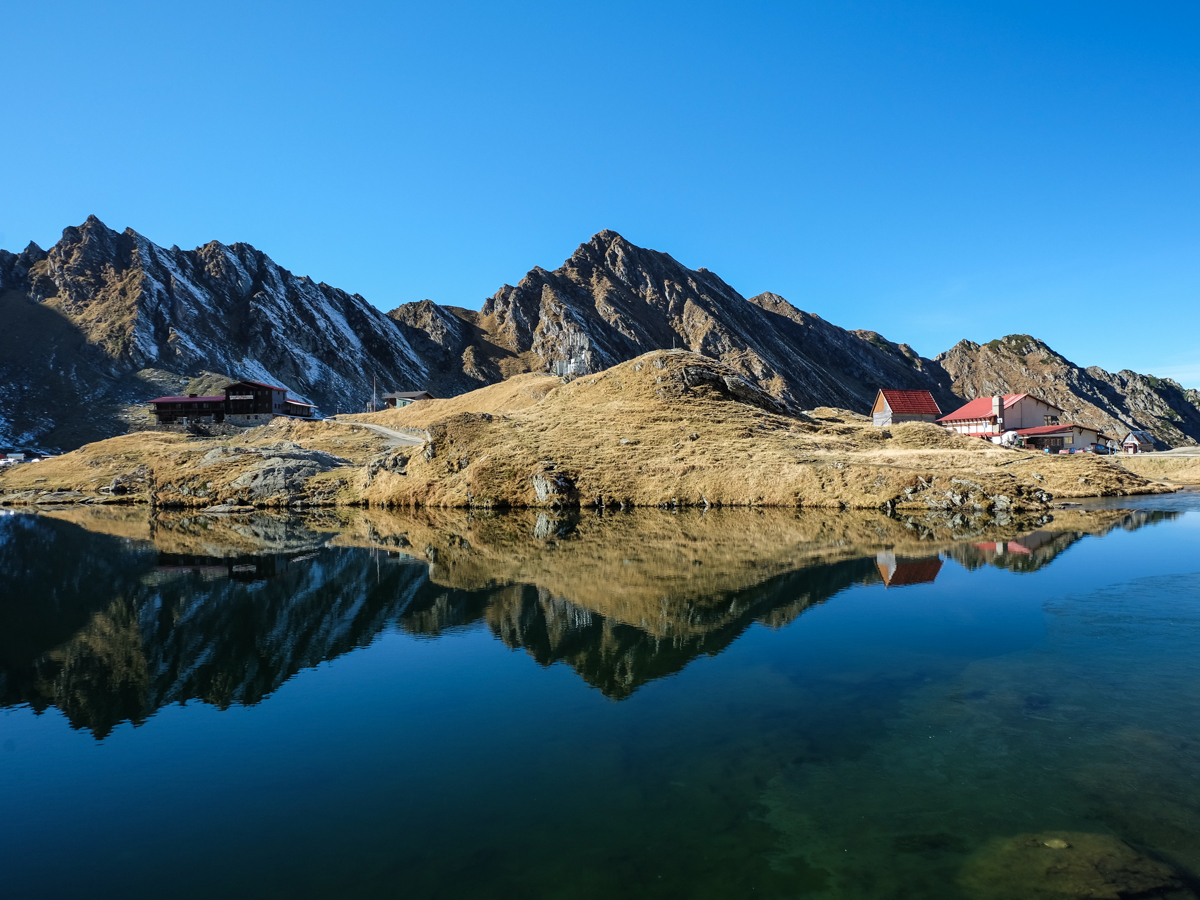

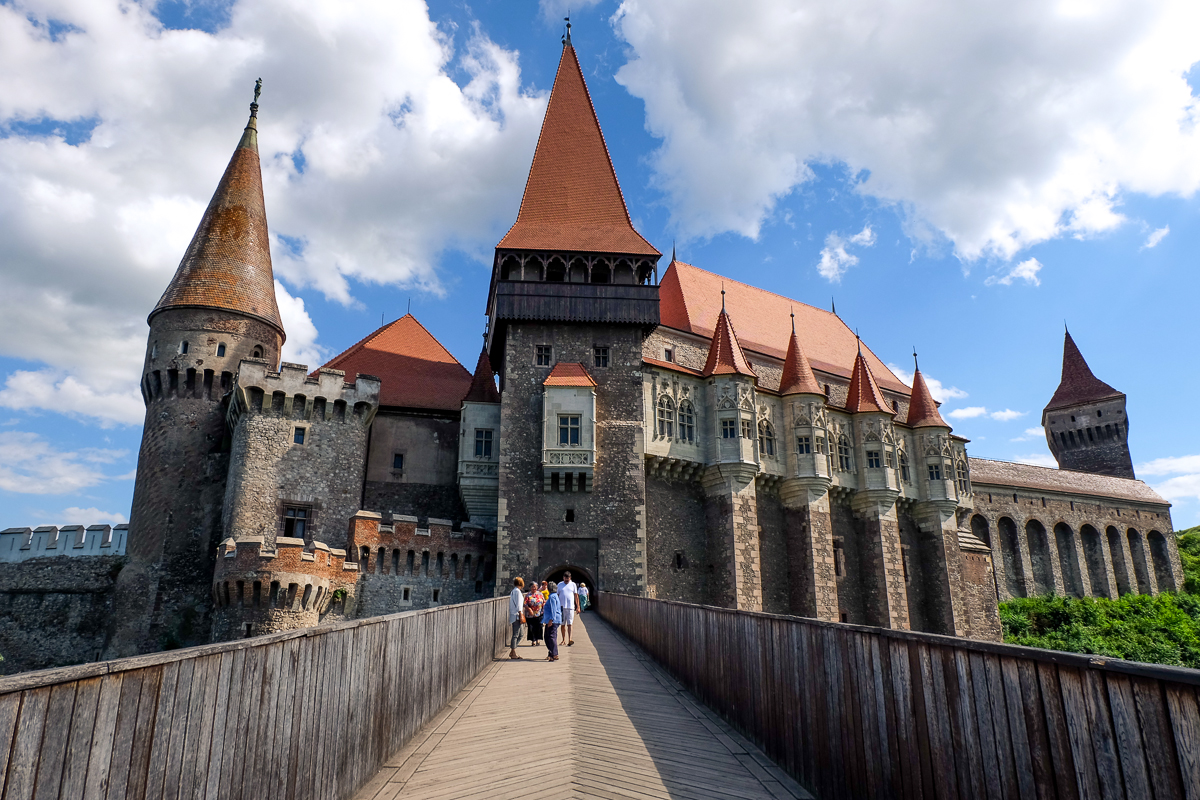
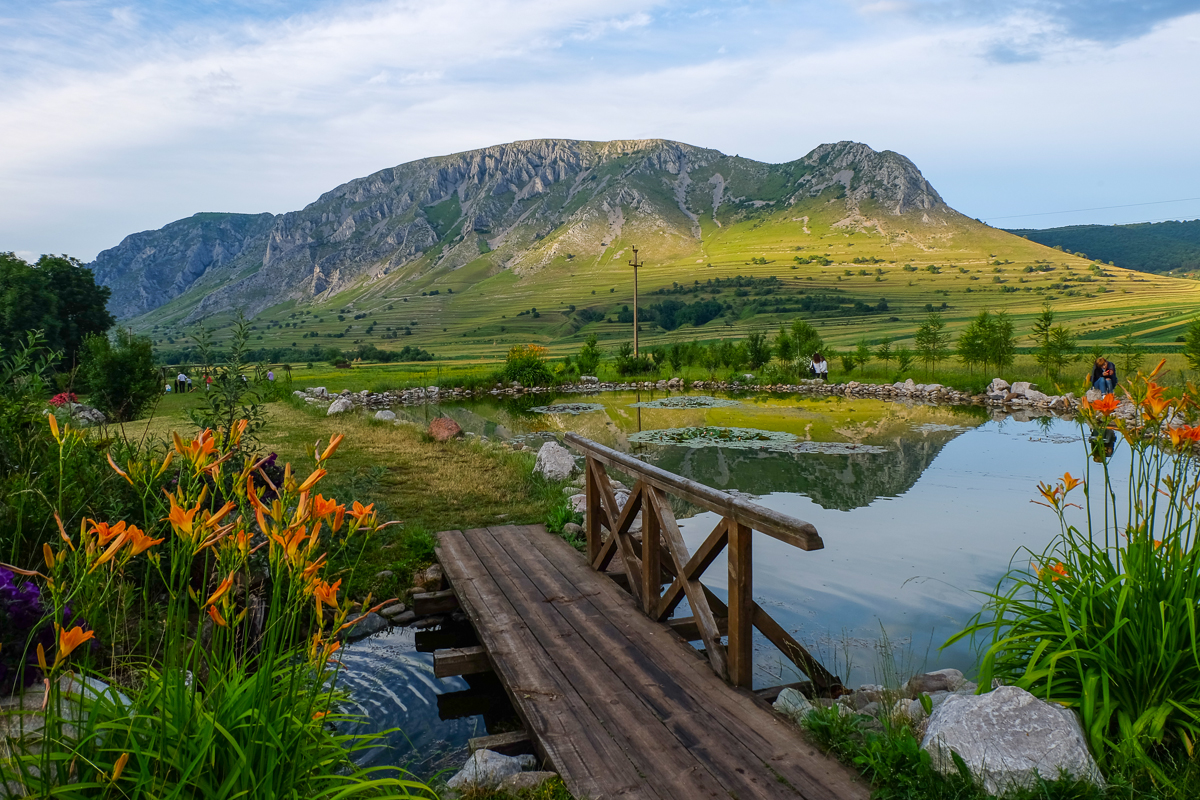
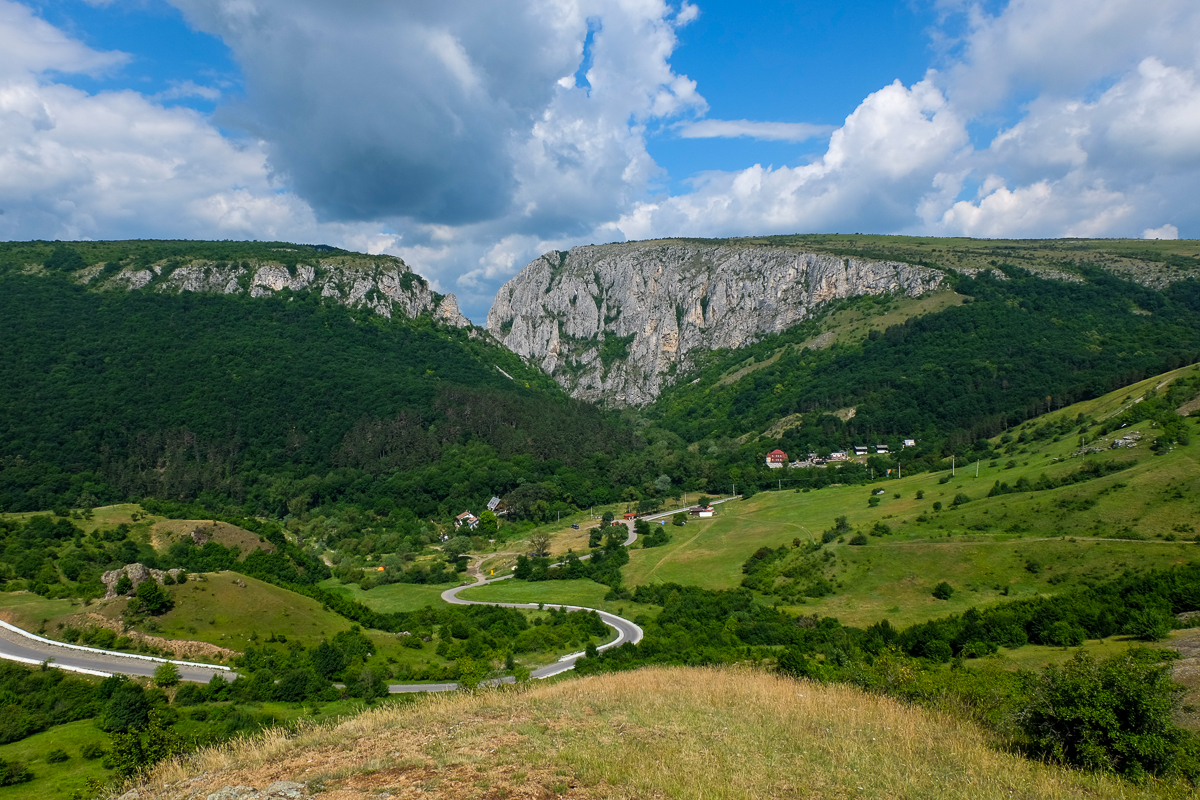
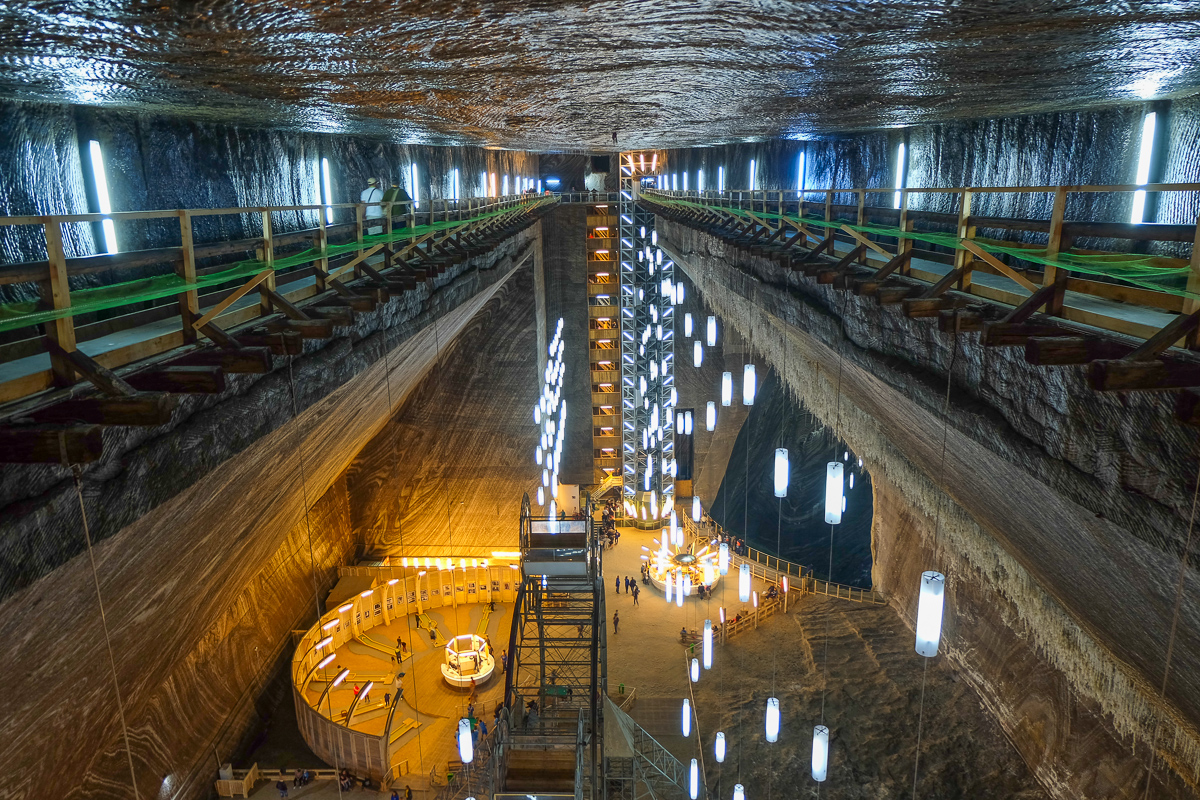
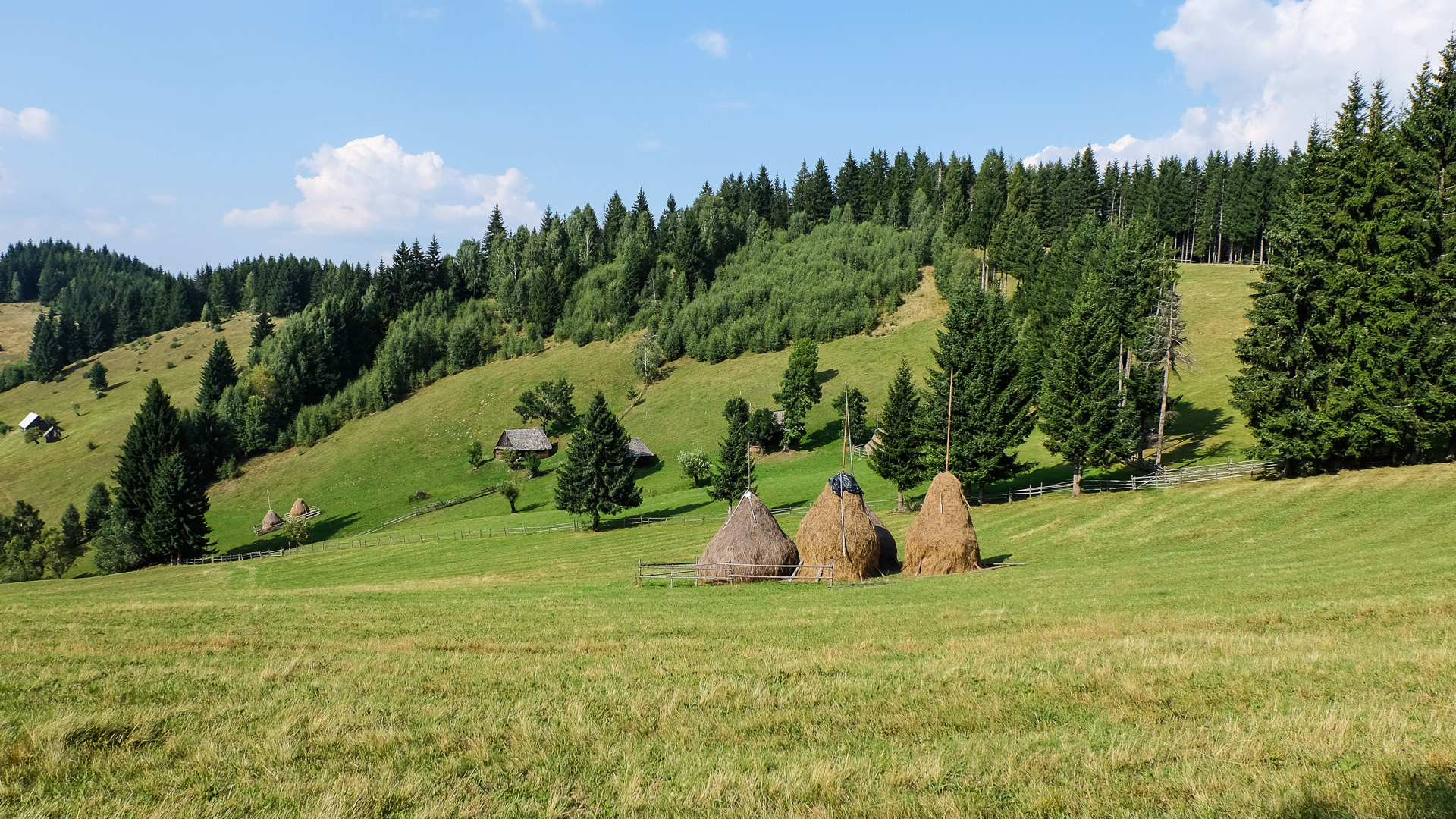
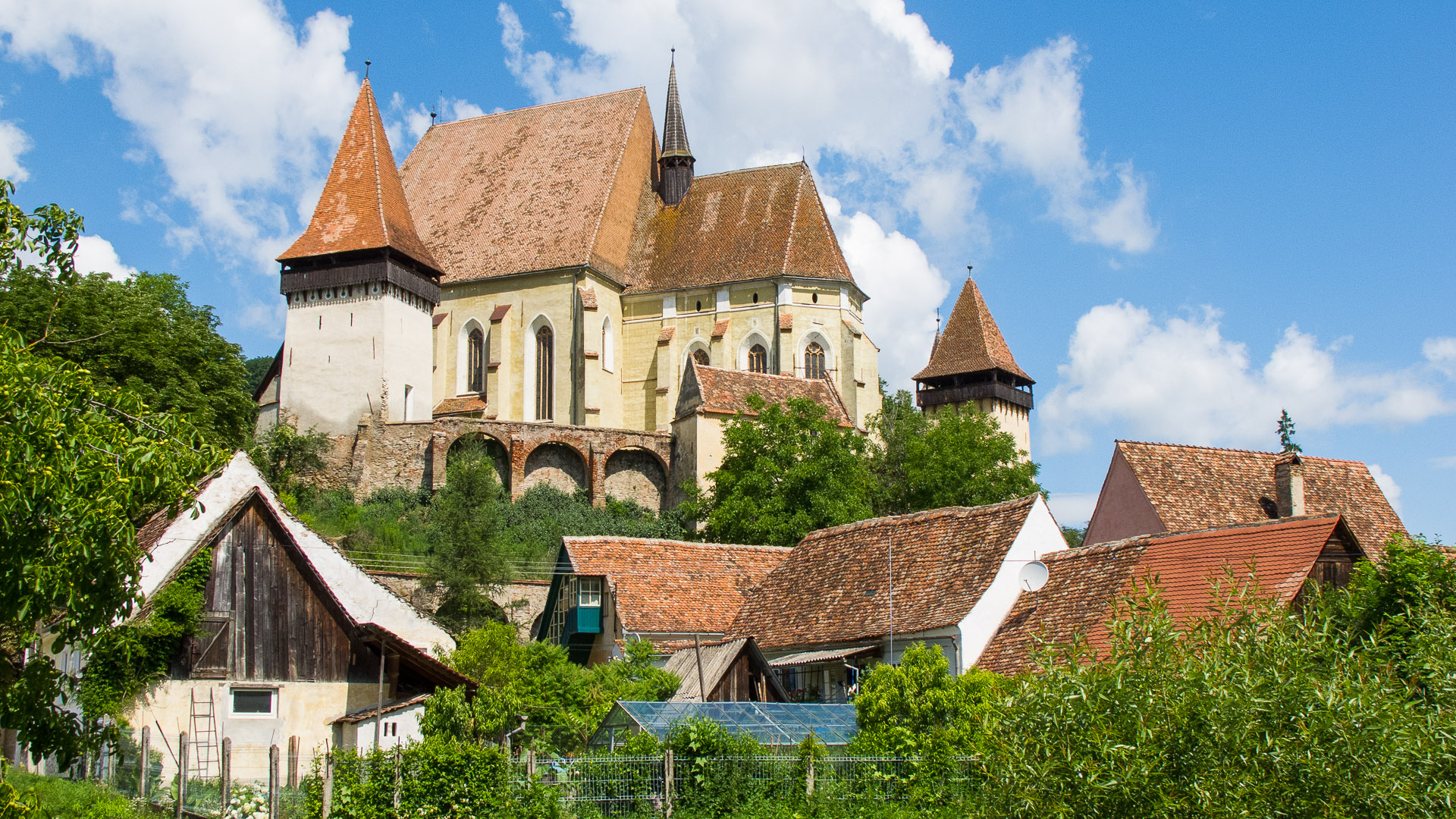
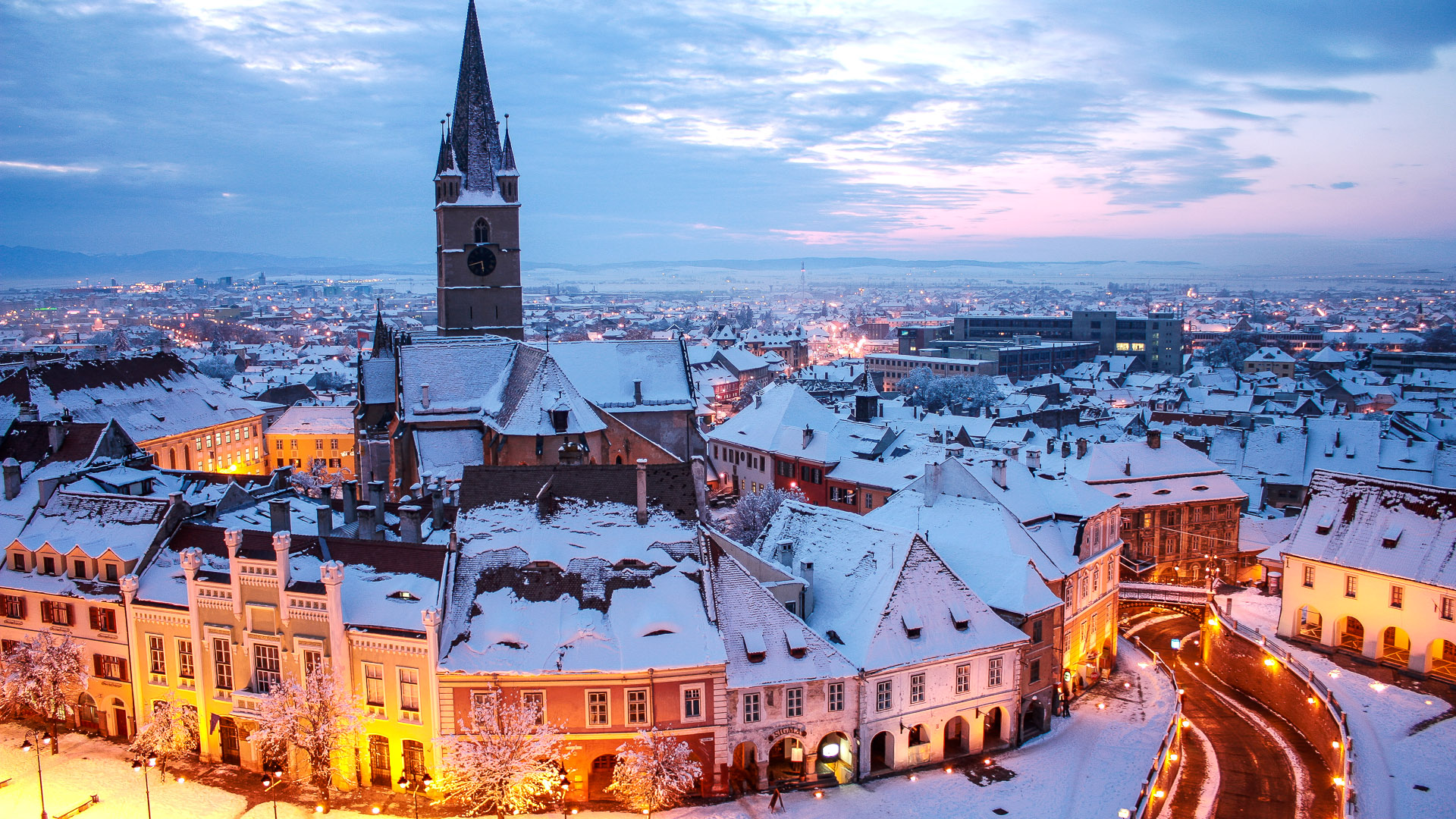
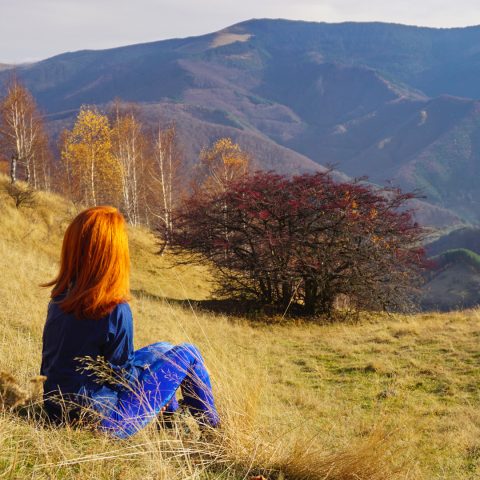











Leave a Reply